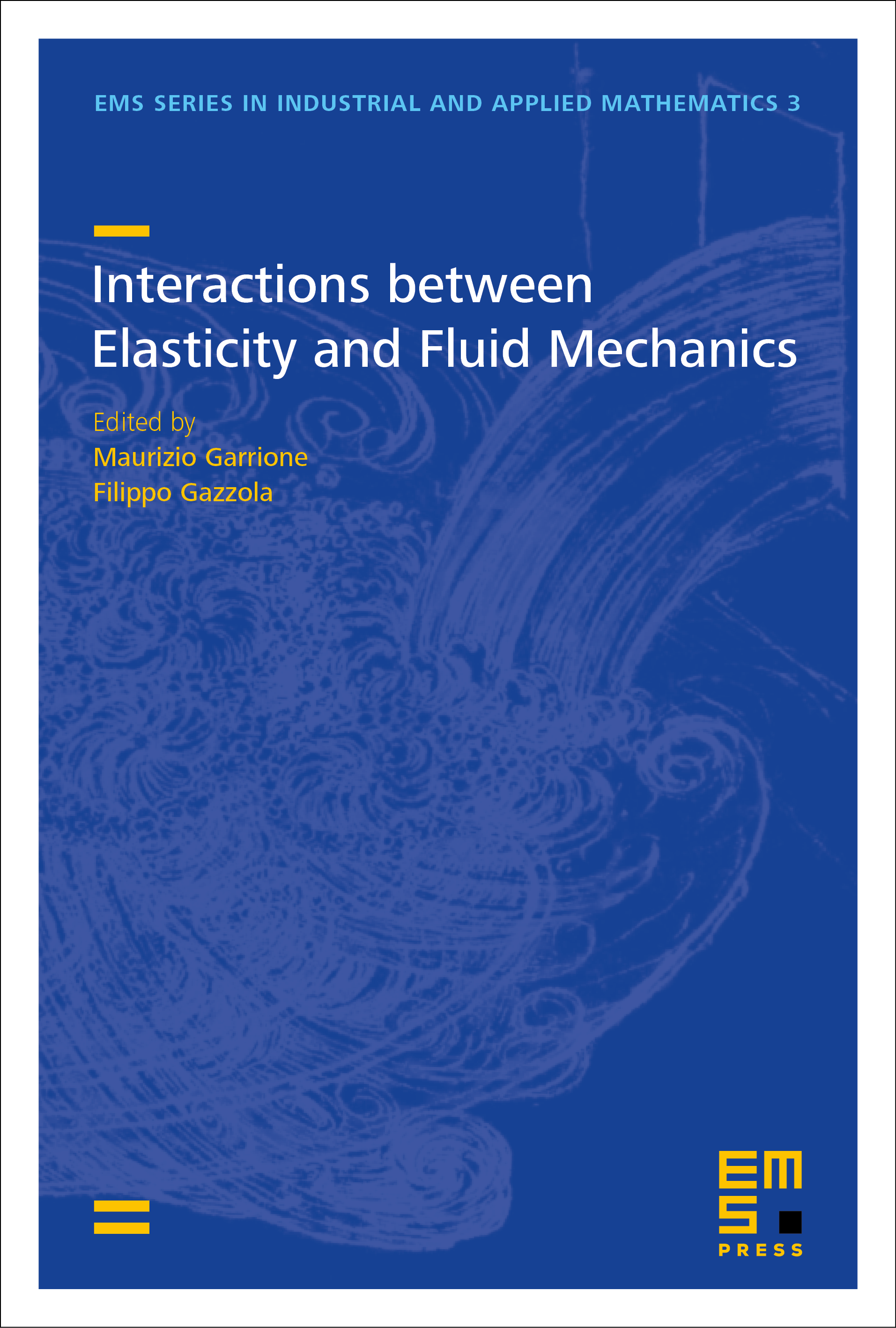A note on an orthotropic plate model describing the deck of a bridge
Alberto Ferrero
Università del Piemonte Orientale “Amedeo Avogadro”, Alessandria, Italy

A subscription is required to access this book chapter.
Abstract
The purpose of this work is to develop a model for a rectangular plate made of an orthotropic material. If compared with the classical model of the isotropic plate, the relaxed condition of orthotropy increases the degrees of freedom as a consequence of the larger number of elastic parameters, thus allowing to better describe rectangular plates having different behaviors in the two directions parallel to the edges of the rectangle. We have in mind structures like decks of bridges where the rigidity in the direction of their length does not necessarily coincide with the one in the direction of their width. We introduce some basic notions from the theory of linear elasticity, with special attention given to the theory of orthotropic materials. In particular, we recall Hooke’s law in its general form, and we explain how it can be simplified under the orthotropy assumption. Following the approach of the Kirchhoff–Love model, we obtain the bending energy of an orthotropic plate, from which we get the corresponding equilibrium equation when the plate is subject to the action of a vertical load. Accordingly, we write the kinetic energy of the plate which, combined with the bending energy, gives the complete Lagrangian; classical variational methods then produce the equation of motion.